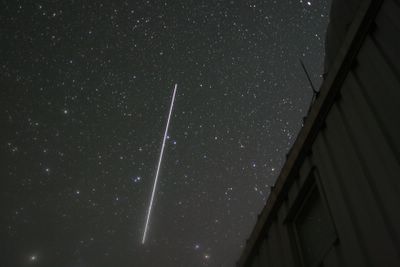
After a long strenuous hike with heavy backpacks up the Old Baldy trail up the northwestern face of Mount Wrightson in the Santa Rita Mountains south of Tucson, we turned the last of the 32 switchbacks that this trail makes up a narrow canyon just below Baldy Saddle north of Mt. Wrightson and finally found the old familiar saddle. This is the view east not too far from where we camped that night. In the distance, not easily seen in this image, but easily seen in the binoculars my friend Frank is holding, was a small fire in the distant mountains. Little did we know at the time, though we both recognized the large amount of fuel and dead trees along the trail and the fire danger, but just two and a half months later the Florida Fire burned through the Santa Ritas north of and around Mt. Wrightson, almost certainly burning much of the area we hiked through and camped in - almost certainly this area was burned (check out some of my
early photos in this blog, particularly the images from August 15 and 16. In the
night-time double stroke lightning shot from August 15, Mt. Wrightson's summit is just left of the left bolt and Baldy Saddle is the saddle just left of Wrightson, the first dip in the long ridgeline north (left in this image) which is covered by orange specks of fire hotspots. This image was taken on April 21 of this year with my Canon A75, the lens was set to 5mm and the exposure was 1/640 sec at f/4.6.






























